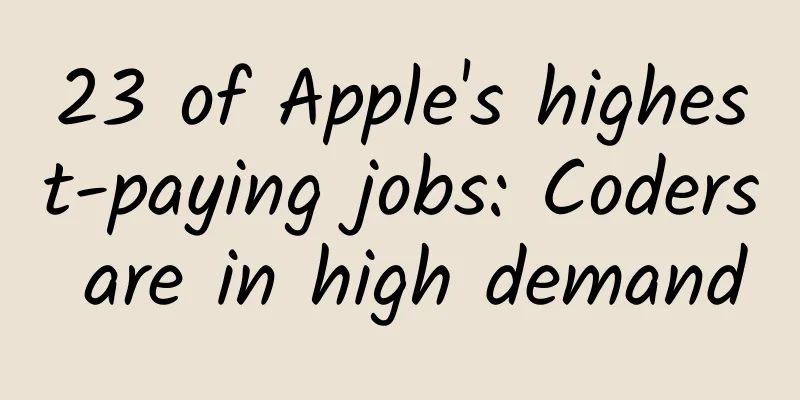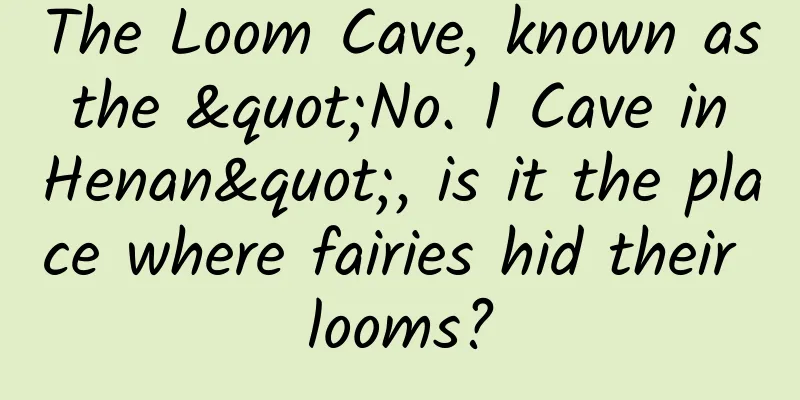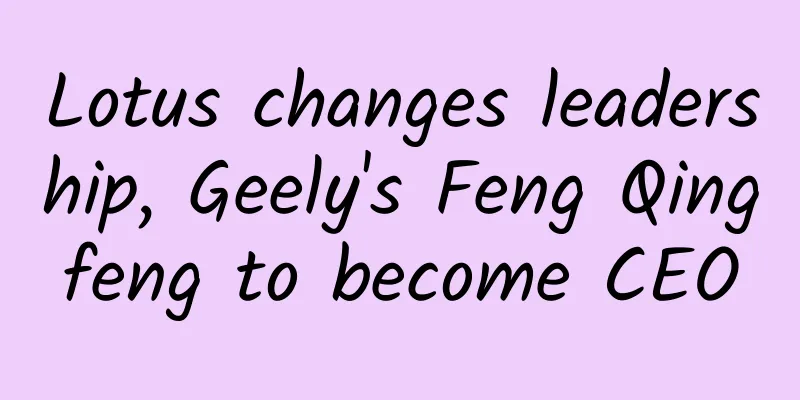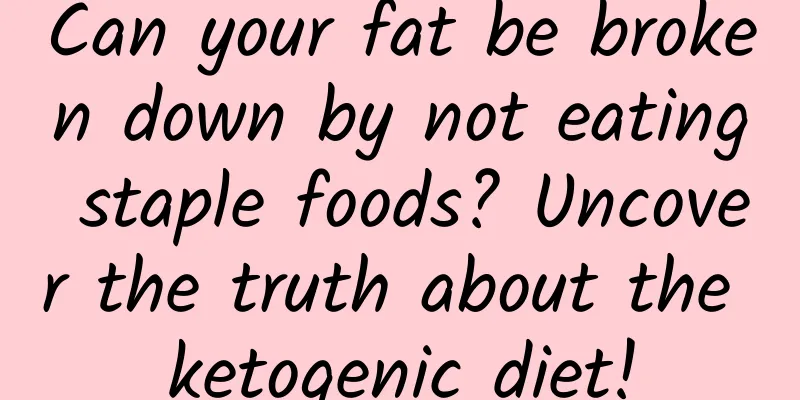60 Years After Silent Spring, Are Birds Better Protected?
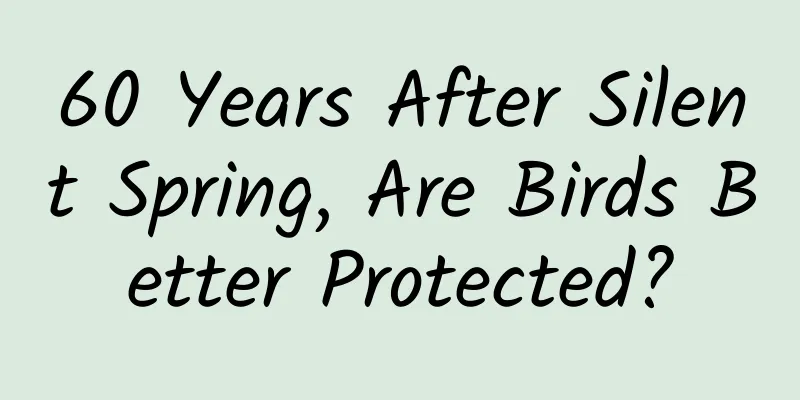
|
Image source: pixabay We can still heed Rachel’s call to save biodiversity. By Naomi Oreskes Translation | Porco Rosso Rachel Carson’s classic bestseller Silent Spring about ecological threats set off a wave of environmental protection in the United States. In 1972, the newly established US Environmental Protection Agency decided to ban the use of the pesticide DDT, which was also directly influenced by this book. Ernest Gruening, one of the first two senators from Alaska, praised Carson’s work for “changing the course of history.” With the 60th anniversary of Carson’s introduction to the public six decades ago, when Silent Spring was serialized in The New Yorker, it’s perhaps a good time to consider whether the book has achieved its primary goal: protecting wildlife, especially birds. Carson talks about a complex and technical subject (the destructive effects of continued pesticide use), but she uses a simple and poetic image to express it: a spring without birds singing. She asks us to imagine: What would the world be like if we woke up in the morning and there were no birds singing around us? Carson's writing is elegant and makes people feel lost. But have we made changes in our lives in response to Carson's reminder? With a few exceptions, we haven’t been very successful, and neither have birds. In 2019, a major study led by Kenneth V. Rosenberg, an ornithologist at Cornell University, showed that North America had lost 29% of its bird species since 1970. The study was notable for its breadth: It incorporated data on dozens of bird species and the various biomes they inhabit, and used different methods to verify the numbers, and an article published by the Audubon Society called the results a “sobering picture,” saying it revealed a widespread bird decline. Grasslands were the hardest hit, with the loss of more than 700 million breeding birds recorded—a drop of more than 50%. The net death toll reached nearly 3 billion birds, a figure that has spurred a movement to figure out what people can do to save them. (Two of the most important: paper windows and keep cats indoors.) Looking at these numbers, it’s easy to conclude that Carson may write a good article, but she hasn’t succeeded in protecting birds. Moreover, the decline of birds is only part of the huge loss of global biodiversity caused by humans. According to the Intergovernmental Science-Policy Platform on Biodiversity and Ecosystem Services (IPBES), more than 40% of amphibian species, nearly 33% of reef-forming corals, and more than a third of marine mammals are threatened. Adding them all up, biologists estimate that more than 1 million species are at risk of extinction. This also threatens human well-being. IPBES said that “around the world, the foundations of our economies, livelihoods, food security, health care, and quality of life are being eroded by us.” The 2019 bird study, while grim, shows that the cause of protecting biodiversity (and thereby protecting ourselves) is not lost. The scientists involved paint a bleak picture, but one important exception is wetlands (and the waterbirds that inhabit them). There, bird densities increased by 13%. What is the difference between wetlands and other ecological areas? One difference is that wetlands have long been isolated from excessive industrial activity. Wetlands receive a variety of protections from laws ranging from federal to state to tribal. Some of these laws focus on wetlands because of their diverse ecological values. Other laws protect wetlands because of their importance to shipping, commerce, fisheries, flood control, and water supply. For example, the Rivers and Harbors Appropriation Act of 1899 listed wetlands as part of navigable waterways. Another encouraging exception is birds of prey, and the majestic bald eagle falls into that category. The raptor population has increased by 15 million. When Carson wrote his book, the bald eagle was on the brink of extinction, but has since recovered, in large part because of the ban on DDT. Scientists have documented the current threats to biodiversity. And their data show that if we act on this information, we can change the outcome. Source: Global Science WeChat Official Account |
<<: Today, we pay tribute to these bright stars.
Recommend
Tesla CEO Musk announced that the core code of Autopilot has been rewritten and will bring a lot of updates
Recently, in an interview with foreign media, Tes...
How to create a CocoaPods in Swift
You may be familiar with some well-known open sou...
What? You need to "urinate" when cooking lobsters? How do you do it?
Lobster is a high-end seafood ingredient, and man...
【ASO Optimization】Three tips to help you get into the App Store’s recommended catalog!
Transcendence Tips: Robleh Jama is an experienced...
Besides stress, what else can cause baldness?
I wonder if you have this kind of worry: Why do y...
Who can compete with Apple in the programming world? Apple's Swift shows its edge
[[126422]] In the programming world, there is fie...
Take you to see Apple's big drama about development, eight highlights of iOS 9
The Apple conference has finally come to an end, ...
OPPO Reno6 Pro review: Put the summer sea in your pocket, a real "dessert" phone for young people
In OPPO's mobile phone product line, the Reno...
These 3 information flow cases increased my monthly salary to 30,000!
Next, let’s look at some interesting cases. Case ...
How Microsoft tricked Apple into becoming lame
[[151331]] On the evening of October 6th, Beijing...
Different "aliens" were found on the moon's surface, which may provide them with water
Are there "aliens" on the surface of th...
In marketing promotion, how should the market be segmented to be effective?
This chapter expands on the previous overview, ma...
Fruit cucumbers, fruit corn, fruit peppers...what is so unique about fruit vegetables?
Nowadays, it is popular to add the word "fru...
A complete App operation and promotion plan
1. Concept of App operation and promotion Quoting...
